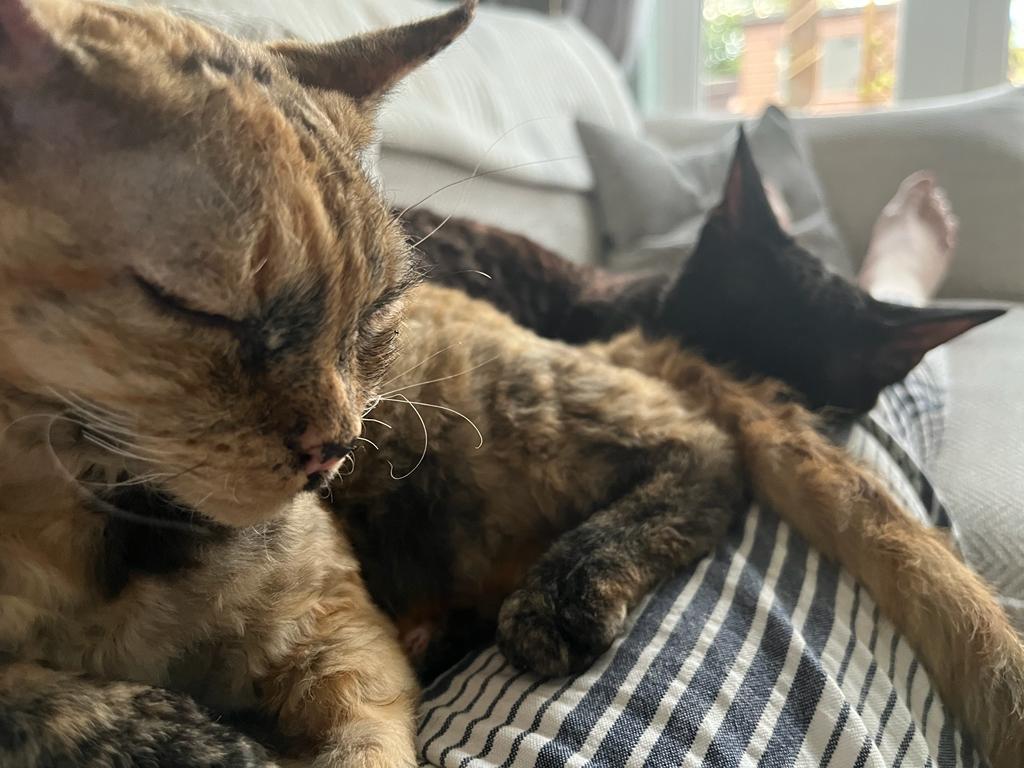As the search for YouTube videos with relaxing content continues, I have begun to build up a bit of a backlog. There are a great many more articles in the draft stage than you have actually seen. There are also many YouTube URLs which I have seen in passing and noted, in case they might be worthy of future investigation.
I am hopeful that if any life disasters happen this will mean that you still get regular content. If I disappear suddenly, you know that I was wrong.
It is sometimes good to come back to the more formal approach of educational institution videos. In general, these have slightly higher (sometimes much higher) sound quality. They frequently have less extraneous noises and, given they are part of a course of education, there is sometimes a nice helpful playlist for evaluation. Many of the members of which may prove to be suitable for our purposes.
Today’s is from a university and as with previous university videos covered by the Procrastination Pen, I have high hopes. It was Warwick where we found the excellent Dr James Gill, for example.
Neurological Examination of the Limbs – Explanation
Judging by the comments, a number of ASMR fans have happened upon this one before.
Posted eleven years ago, the actual video quality is not exactly HD. However, the comments indicate that it is highly relaxing.
As we have seen, professionally prepared videos frequently have very informative notes associated with them and so it is here:
“8 May 2012 Clinical Examinations
This is a detailed explanation of the Neurological Examination of the Limbs illustrating technique and patient interaction.
The film was produced by practising clinicians to aid the teaching of clinical examination skills. It starts at the point when the clinician has finished taking the medical history and begins the clinical examination.
Presented by Dr Peter Critchley MD FRCP Consultant Neurologist. Produced and Directed by Dr Irene Peat FRCR FRCP, Dr Nicholas Port MBChB BSc and Jon Shears.
More Clinical Examination materials can be found at; http://www2.le.ac.uk/departments/msce…”
Sadly, the link to further clinical examination videos appears not to work. Otherwise, I can imagine it might have been a resource for future review in this blog.
At twenty and three-quarter minutes it is longer than many we have featured of late.
It starts without music (which is a cause for much celebration) – simply a title page. Dr Peter Critchley has a good voice for our purposes. The approach is methodical and quiet. It is broken into sections with educational notes in the video itself at intervals. It is doubtful that you will profit from this if you are using the video in order to fall asleep. The “patient” is Jake.
The channel is University of Leicester. There are one thousand two hundred videos so it is hard to see how to review them, filter them or otherwise manage them. There are eighty five playlists, some of them containing a great many videos.
This seems to be a channel that is worthy of future attention.
In this case though, I felt we would focus on the medical professional and searched for Dr Peter Critchley (via YouTube search). A number of irrelevant videos were located this way. However, there is one other (closely related) Dr Peter Critchley video:
Neurological Examination of the Limbs – Demonstration
Again, this has a healthy set of comments and it is the first time in which I have seen the person in the video himself leave a comment. He is Jake Albon. And of course, he has a channel. Jake may be the subject of future review perhaps.
The video also has a healthy set of notes:
“14 Dec 2011 Clinical Examinations
This is a real-time demonstration illustrating technique and patient interaction involved in the Neurological Examination of the Limbs.
The film was produced by practising clinicians to aid the teaching of clinical examination skills. It starts at the point when the clinician has finished taking the medical history and begins the clinical examination.
Presented by Dr Peter Critchley MD FRCP Consultant Neurologist. Produced and Directed by Dr Irene Peat FRCR FRCP, Dr Nicholas Port MBChB BSc and Jon Shears.
For further information visit our Leicester Medical School (link https://le.ac.uk/medicine)”
The above URL is functional but it is not obviously a source of further videos.
The video is just over nine and a half minutes, so somewhat shorter than the first one in this article. It follows exactly the same material and so the comments for the first video in this blog article still apply including the lack of funky music. Please, more video recording persons do this.
I’ll include this one in the Procrastination Pen playlist, but if you play that list in order this could become rather dull. I therefore strongly recommend that you use the shuffle function on YouTube. However, should this video annoy you, by all means feedback and I will consider removing it from the playlist.
The University of Leicester playlist on the Procrastination Pen is here:
The Procrastination Pen playlist (which is no-doubt what you have all been reading this in order to locate) is found here:
I have been listening to this playlist most nights and some of the videos that were members have now been removed. If any of your favourites are missing from that main playlist you can find them here in the archive list:
Quite often the videos getting removed have no faults other than occasional intrusive noises.
The playlist of items that are great for ASMR (but contain an age verification function), usually a great way to interrupt your listening in the middle of the night, is here:
I hope that you find the playlists restful and that you get a good night’s sleep.
Hope to see you again back here for the next blog article.
If you liked this blog item, why not subscribe to this blog.
Until next time.
Photo by Shona Macrae





